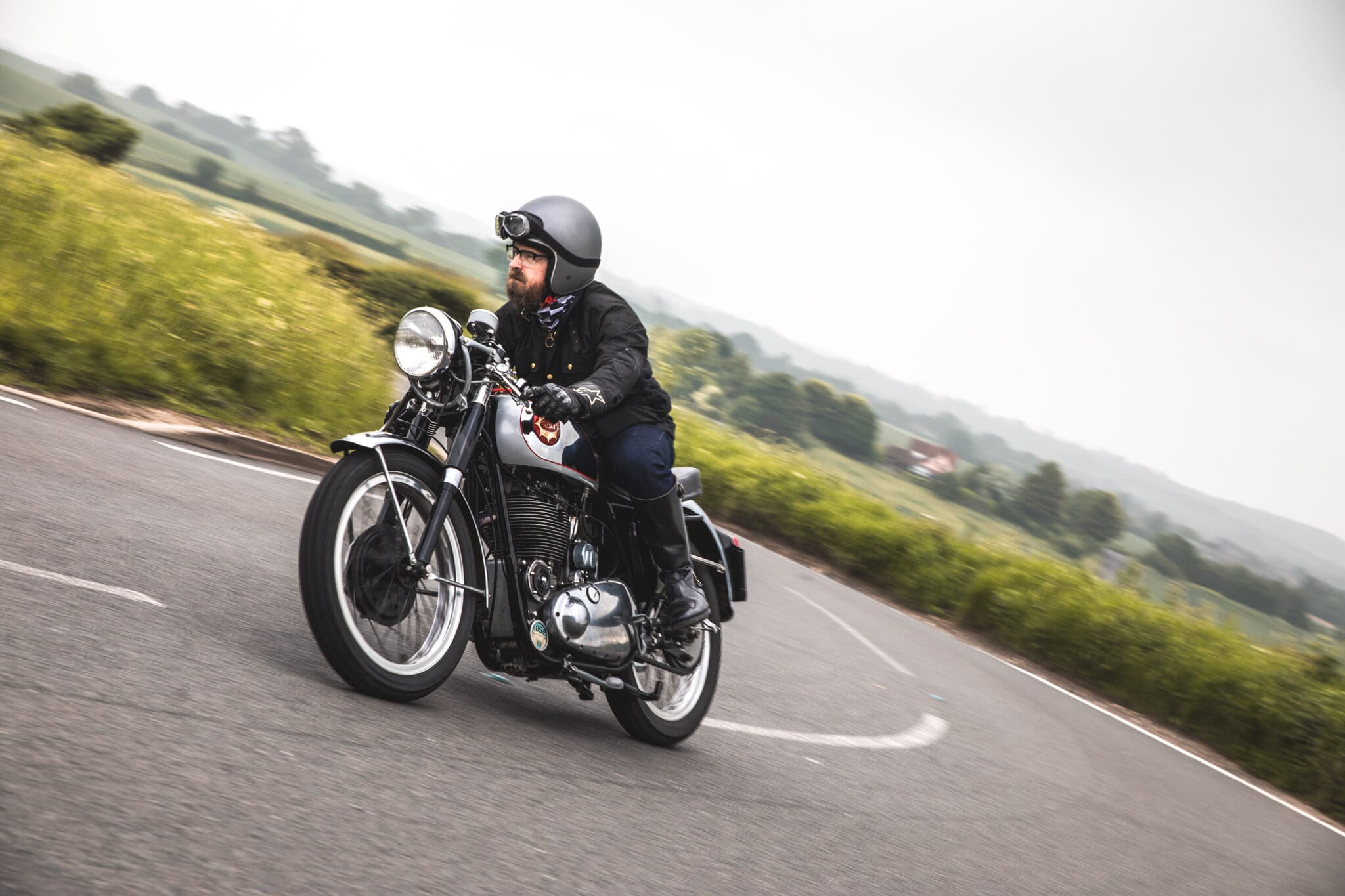Lever and Pedal Adjustment; How it Can Help You Ride Further and Faster

Brake and clutch levers and pedal position is something most riders don’t really think about; we just accept where the controls are and, without realising it, end up adjusting our body and riding position to suit them.
This means means four things:
- Constant tension in your arm and/or leg when covering the lever when riding - particularly so in traffic or on twisty sections of road;
- You will have to move your foot or hand more to access the levers and pedal, slowing reaction time down;
- Incorrect arm and leg position also means incorrect operation of the levers and pedal - you won't be braking or using the clutch properly;
- A poor riding position makes for uncomfortable riding - and everything that comes along with it.
Even just a small tweak to your levers or pedal means you can brake later into corners, get better feedback from the controls and will be more precise with them too. Plus as you’ll be adopting a more natural and comfortable riding position, you'll be able to do this for longer - mile after mile, corner after glorious corner.
Here’s how to set up like a pro:
Step 1 - Set your riding position
Front Brake and Clutch
Sit upright on your bike, as you would when braking hard, and make a straight line with your arms that extends from your shoulders to your fingertips. The levers should sit just under your fingers in this position; ie: you shouldn’t have to reach up or down - bending your wrist - to actuate either.
To adjust, loosen the securing bolts/Allen keys and rotate the controls to the desired position. Watch out for interference with bodywork, and make sure cables and hoses can move freely - and both brake and clutch operate as normal - from every handlebar position. Make sure you re-tighten all fixings to the correct torque.
Some controls are fixed or have limited adjustment, if so you may be able to rotate the handlebars to achieve the same effect.
Rear Brake Pedal
Just like with levers, the contact area of your brake pedal should be positioned just under your foot/the sole of your riding boot in your normal riding position - again, you shouldn’t have to bend your ankle up or too far down to reach it.
(Note: You should do this wearing your riding boots, as they may have a different sole thickness to your other shoes)
To adjust, loosen the locknut(s) that secure the linkage, and turn the shaft to attain the desired height. Make sure you re-tighten to the correct torque.
Step 2: Set Reach
Reach to the levers is nearly as important as their angle. If your bike has adjustable-reach levers already, turn the barrel adjuster or lever to position the lever blades so they sit comfortably under the first joint of your index, middle and ring fingers - so you can comfortably pull the lever without having to move your hand from its position on the handgrip.
Many modern machines also allow adjustment of the rear brake pedal contact area too. This should sit under your toes - not so far back it’s under the ball of your foot, or too far forward so you have to move your foot off the peg to operate it.
If your bike's levers aren't adjustable, it might be worth investing in a set. We offer a comprehensive range of replacement brake and clutch levers from Magura and our own range, as well as Hydraulic Conversion Kits, that can help you tailor your lever positioning and feel, and fine-tune your bike’s controls.
NEXT TIME: Bad Throttle Cable Adjustment = Bad Rider
[Note: Your motorcycle’s service manual will tell you what adjustment is possible and the tools you’ll need for a job. If you’re not 100% confident doing any of the steps above yourself, consult a professional.]

Phil Turner has been a motorcycle journalist for 20 years. A former mechanic, he worked as a staff writer and road tester for classic, modern and scooter titles, and edited Motorcycle Sport and Leisure magazine. He turned freelance in 2008 and is a regular contributor to specialist bike titles, both online and print. Phil has owned an eclectic mix of machines, including a Lambretta GP200, three air-head BMWs, a Honda CBF600 and a Royal Enfield Bullet.


